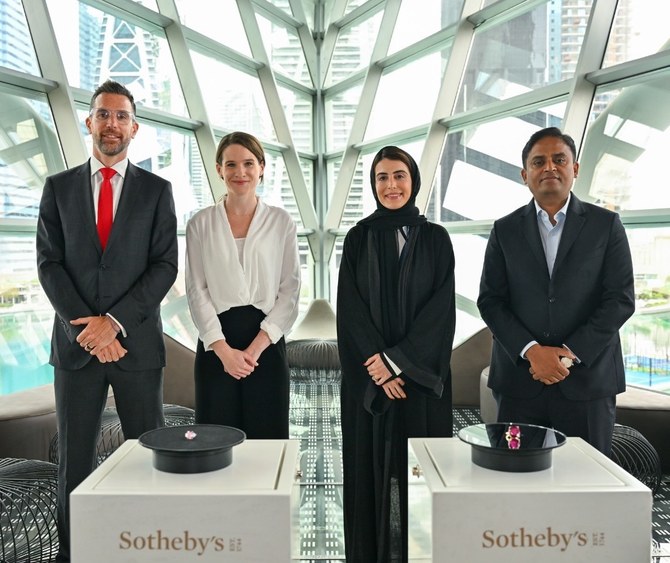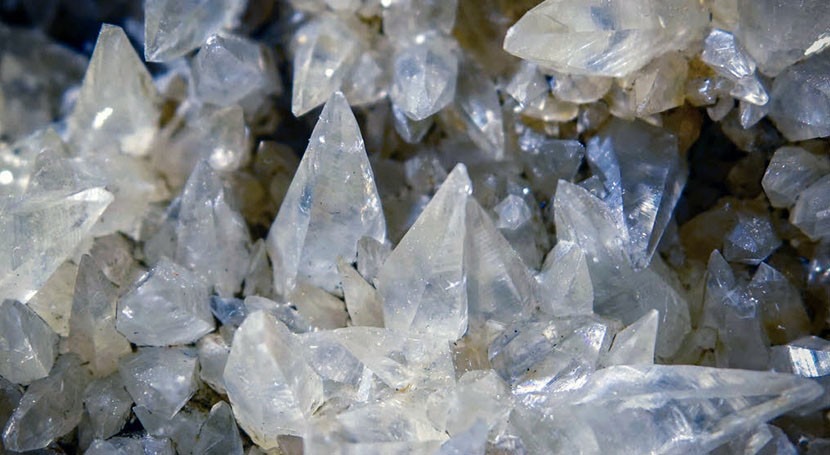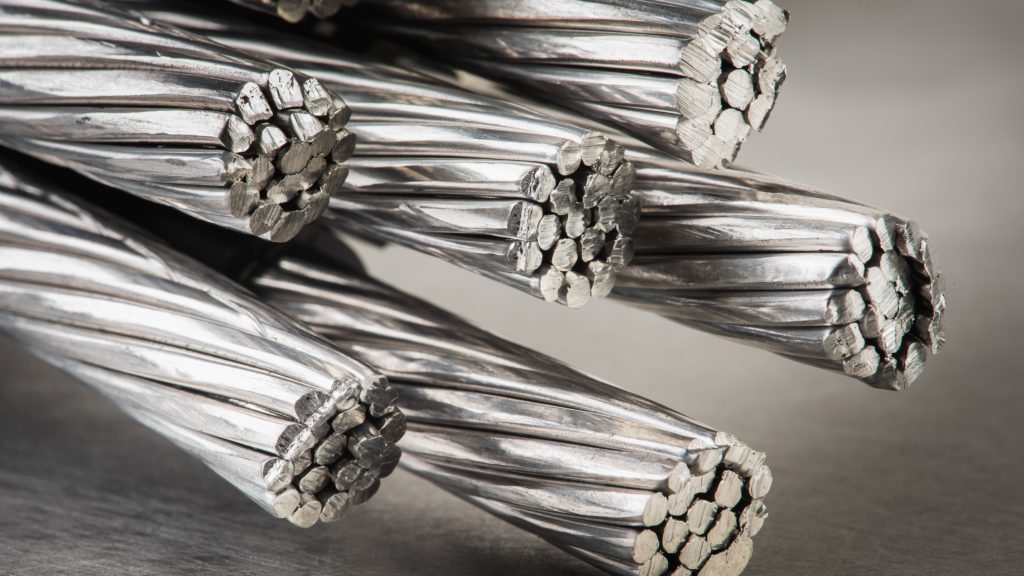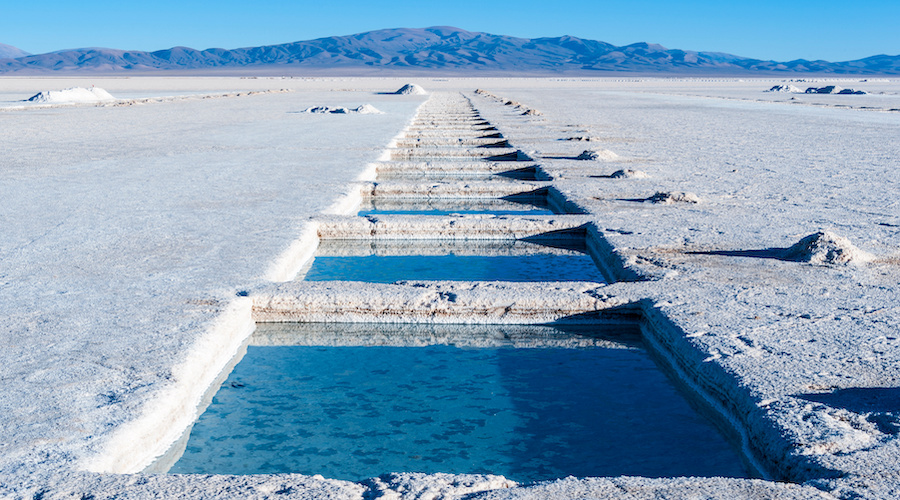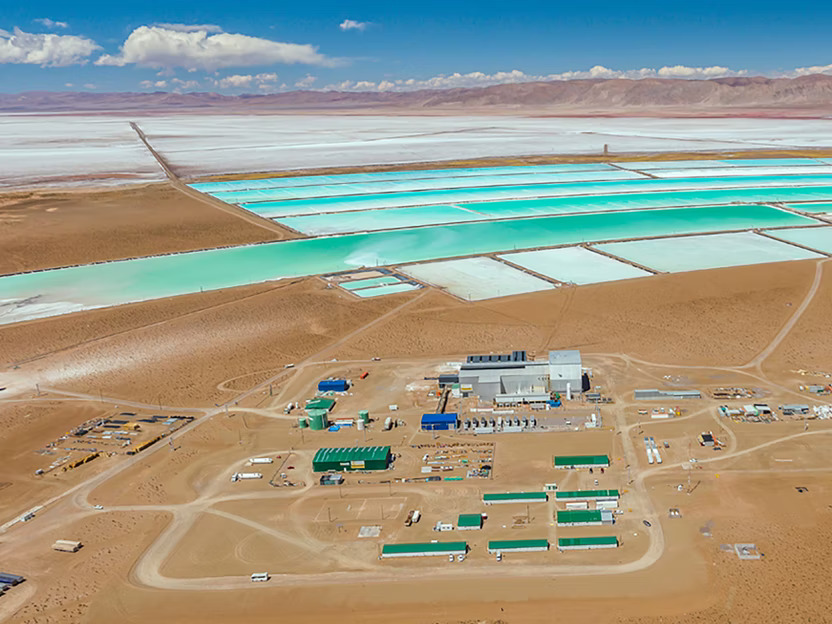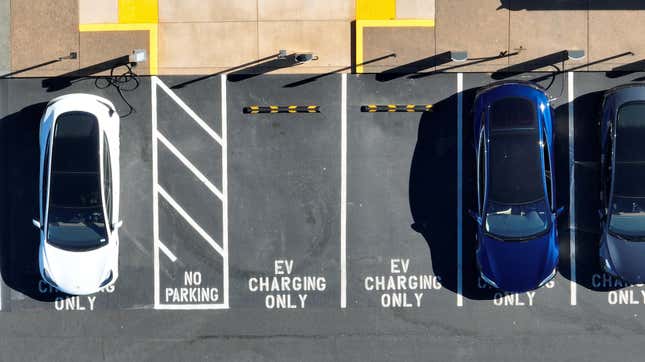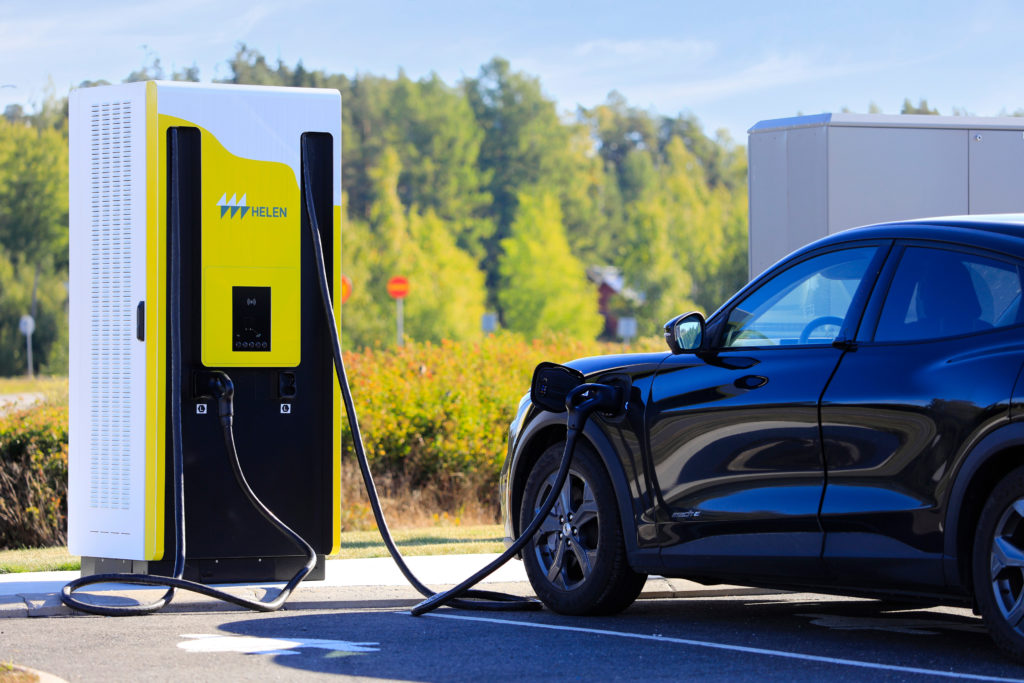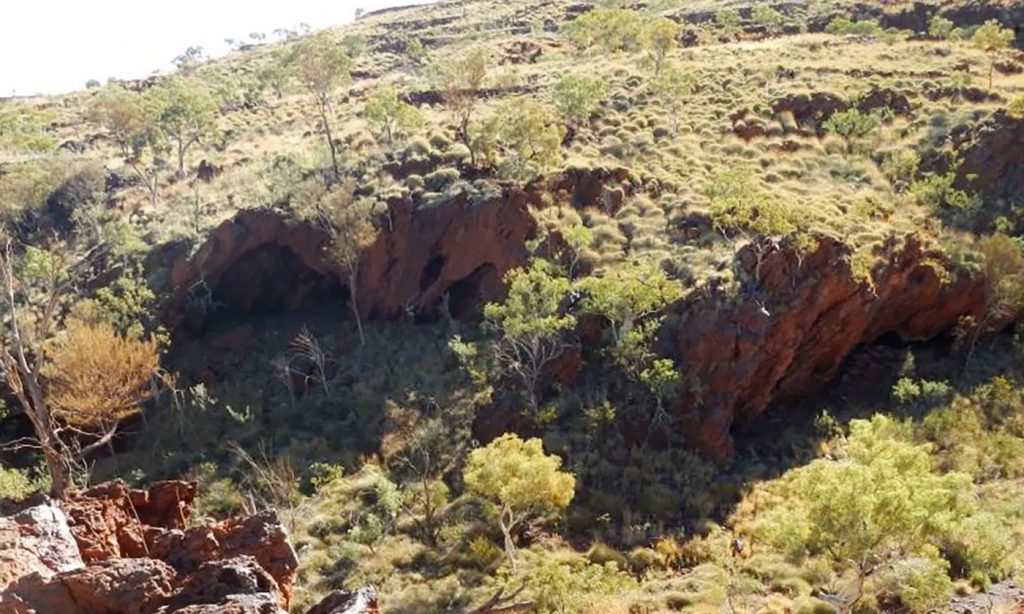GEMOLOGY
The unveiling of the pink diamond and the ruby highlights Dubai’s leading role in the diamond industry and growing presence in coloured gems
BY MARISHA SINGH
MAY 22, 2023
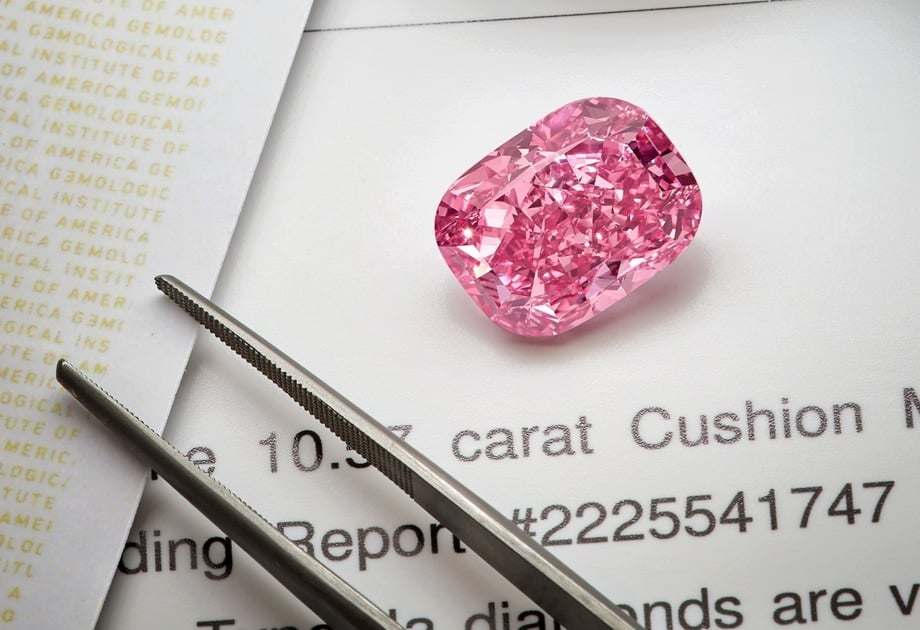
Eternal Pink and Estrela de Fura, two of the world’s most precious gemstones have been unveiled at the Dubai Diamond Exchange (DDE). The pink diamond and the ruby were unveiled by Sotheby’s and hosted by DMCC, the flagship free zone and Government of Dubai Authority on commodities trade and enterprise.
The pink diamond and the ruby will be available at auction in New York on June 8.
The ‘fancy vivid’ pink diamond
The Eternal Pink was a 23.78-carat rough yield mined by De Beers at the Damtshaa mine in Botswana. It was cut and polished by gem cutter Diacore and today measures at 10.57-carat in cushion shape. It is described as an internally flawless “fancy vivid purplish-pink diamond.”
Its per-carat estimate of more than $3.3m is the largest such estimate ever placed on a diamond or gemstone, according to Sotheby’s. The auction house said the Eternal Pink is “the most vivid pink diamond to come to market” and is estimated to fetch in excess of $35m.
World’s most valuable ruby
The Estrela de Fura which measures at 55.22 carats was first unveiled at the DDE in its rough state as a 101 carat stone in 2022. Sotheby’s describes the stone’s journey from its rough state to the auction stage on its website.
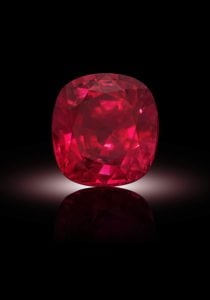
It was mined at Fura Gems’s Montepuez mining operation in Cabo Delgado province, Mozambique. The ruby was packed and exported under the supervision of the Mozambiquan government to Fura’s headquarters in Dubai, where it was displayed for several days last year. It was then sent to Bangkok to be cut and polished by gem cutter Chirapat under the supervision of the Fura team.
The red gemstone today commands the title of being the world’s largest and most valuable ruby to ever appear at auction. Gübelin Gem Lab, an authority on gemological analysis, states: “The ruby is setting a new record not only for Mozambican rubies, but also for rubies in general.” It is expected to command a price tag in excess of $30m.
Katia Nounou Boueiz, head of Sotheby’s UAE, said, “After being unveiled in Dubai last autumn as an astonishing 101 carat rough, it is especially thrilling to see Estrela de FURA 55.22 in its newly crafted state and return triumphantly to the DMCC as the world’s largest and most valuable ruby to ever come to market. Exhibiting these one-of-a-kind stones – both in our DIFC gallery and at the unparalleled Dubai Diamond Exchange – is a clear continuation of our dedication to showcasing the best of the best in the UAE.”
The unveiling of the two precious stones highlights Dubai’s leading role in the diamond industry and growing presence in coloured gems. The UAE witnessed a strong 17 per cent year-on-year increase in the value of diamonds traded in 2022, totalling $37.4 bn combined for rough and polished diamonds. This was driven by a 42 per cent rise in the polished category and maintaining a solid growth trajectory through a 7 per cent rise in rough, as per a press release by state news agency WAM.
Dev Shetty, founder and ceo, Fura Gems, said, “In connecting East and West, Dubai has offered Fura Gems the perfect platform to access global markets. The emirate’s precious stone trade infrastructure has been invaluable to us as we build our status as a premier supplier of coloured gemstones for the global industry. We are also delighted to work with Sotheby’s in bringing the magnificent Estrela de Fura ruby to the world.”
Most recently, the DDE has hosted tenders with leading coloured gemstone companies including Belmont Group, Bonas & Co., Fura Gems and Grizzley Mining Company.
Image credit: DMCC
Sotheby’s Dubai to exhibit two of the world’s rarest jewelry pieces
https://arab.news/474nr
DUBAI: Sotheby’s Dubai on Monday unveiled two rare jewelry pieces, The Eternal Pink diamond and the Estrela de FURA ruby, at Dubai Diamond Exchange.
The diamond, said to be the most significant pink diamond to come to market, is estimated at $35 million, while the ruby, a 55.22-carat stone that is the largest and most valuable to appear at an auction, is estimated at $30 million.
The jewelry pieces are now exhibited at Sotheby’s DIFC Gallery until May 26 before heading to Sotheby’s New York auction on June 8.

“We are honored to display these exceptional rarities in our Dubai gallery and to continue to make Sotheby’s Dubai the leading showcase in the Middle East for the world’s rarest and most valuable diamonds and gemstones,” Katia Nounou Boueiz, head of Sotheby’s UAE, said in a statement.
FURA Gems announced the uncovering of the world’s largest gem-quality ruby at Dubai’s DMCC in September 2022.
“After being unveiled in this city last autumn as an astonishing 101-carat rough, it’s especially thrilling to see Estrela de FURA 55.22, in its newly crafted state, return triumphantly to Dubai’s DMCC as the world’s largest and most valuable ruby to ever come to market,” she added.
Meanwhile, Quig Bruning, head of jewelry for Sotheby’s America, said: “This season is shaping up to be one of our most valuable jewelry auctions ever staged in New York, offering two exceptional world-class jewels, each expected to achieve more than $30 million.
“Their sale represents a once-in-a-lifetime opportunity to acquire two of the rarest wonders known to humankind,” he added.
